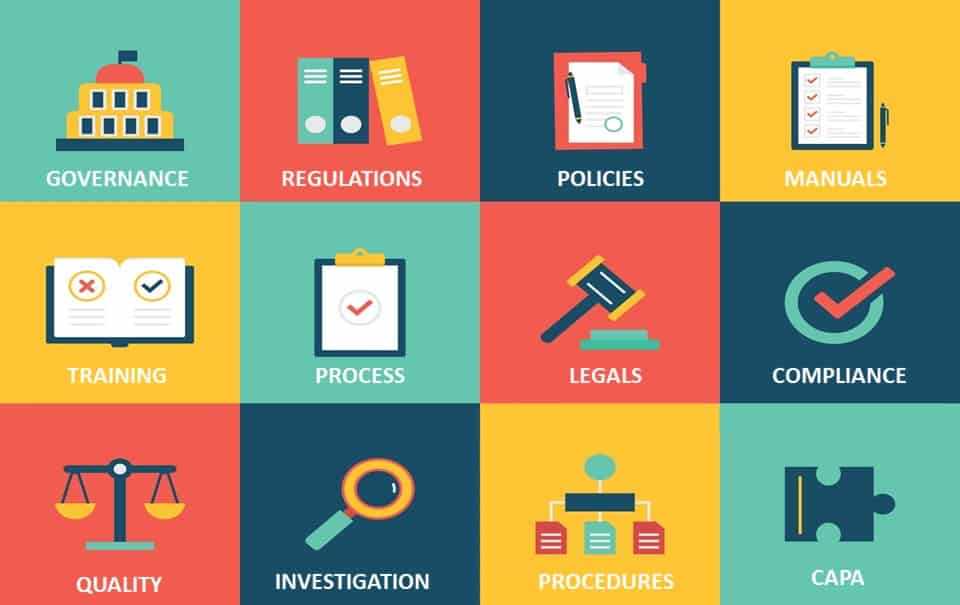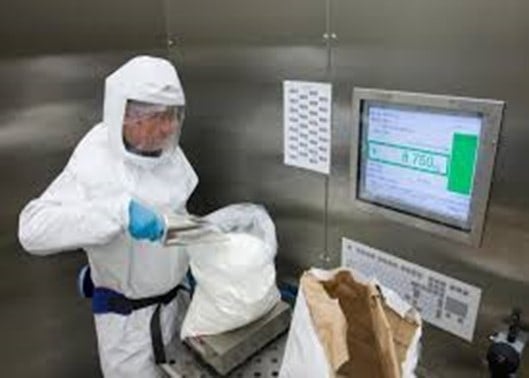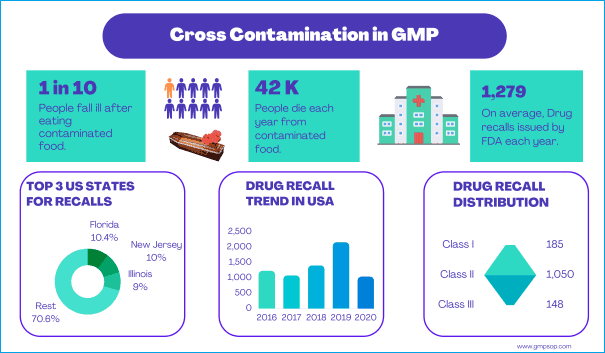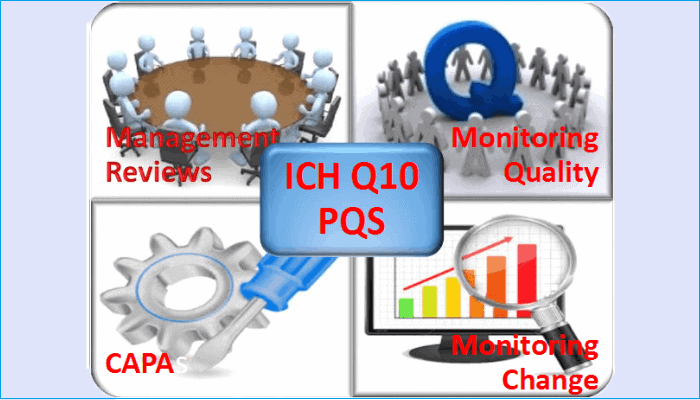
Quality Control Testing Requirements of Finished Products
- Published on: Dec 16, 2020
All drug products are registered with government regulatory agencies. A key part of the registration and approval to manufacture is to perform quality control testing against product specifications. Once the specifications are submitted and approved, they cannot be changed without prior approval of the company’s quality or regulatory affairs department, or in some cases the regulatory agency itself.
It is a serious GMP violation to simply change specifications for convenience.
The laboratory follows a series of documented steps to test a sample under quality control (QC) laboratory procedures, much the same as production follows approved instructions for manufacturing under GMP.
During QC testing, results must be compared against official specifications and standards.
Specifications should exist for each raw material, finished product and some intermediate or bulk products. These specifications are often registered with regulatory agencies and often come from the pharmacopoeias. If specifications are not met for whatever reason, the laboratory should start an out of specification (OOS) results investigation.
Product standards can come from pharmacopoeial organizations, or via an application to the regulatory agencies.
Product Specifications
Specification documents define official tests, test methods and limits. If available, testing usually follows pharmacopoeial monographs for drugs.
Typically, specifications in the pharmaceutical industry relate to starting materials, packaging materials, components, bulk products and finished products but may also apply to critical steps of manufacture.
Failure to meet specification should result in an out of specification (OOS) notice and investigation. If the OOS is confirmed, the lot will be rejected, and a non-conformance report issued.
i. Starting Materials:
In the pharmaceutical industry, the requirements for starting materials must be well-defined and documented to ensure that you get the material specified or ordered, and that there ore no mixups.
Starting materials are defined by a standard name, the supplier’s/manufacturer’s code, and a unique item code.
Specifications for starting materials should include:
- Inspections and/or tests required
- Reference to test methods and acceptance criteria
- Material storage conditions
- A retest or expiry dote
- Reference to pharmacopoeial method (if available)
- Approved supplier and manufacturer (if available)
- Sampling instruction or reference
- Any precautions
ii. Intermediate Products:
In the pharmaceutical industry, specifications for intermediate and bulk products should be available if these are received or dispatched. or if data obtained from tests on intermediate or bulk products are used for the evaluation of the finished product or further processing.
The specifications should be similar to specifications for starting materials or for finished products, as appropriate.
210 SOPs, 197 GMP Manuals, 64 Templates, 30 Training modules, 167 Forms. Additional documents included each month. All written and updated by GMP experts. Checkout sample previews. Access to exclusive content for an affordable fee.
iii. Packaging Materials:
In the pharmaceutical industry, the requirements for pre-printed packaging materials must be well-defined and documented to ensure that you get the items you specified or ordered and that there are no mixups.
Packaging materials are defined by a standard name and a unique item code.
Specifications for packaging materials should include:
- A detailed description of the item
- Inspections and/or tests required,
- Acceptance criteria
- An approved label copy,
- Approved supplier and manufacturer (if available).
- Sampling instruction or reference.
- Storage conditions. and
- Any precautions.
iv. Finished Products:
Specifications for products typically include:
- An exact statement of the active material
- The product code (if any)
- The dosage form and/or strength
- Physical appearance and identity
- Quality control testings and their limits
- Details of or reference to the test methods
- Sampling instructions
- The shelf life and storage conditions
- Designated name
- Package details
- Formula (or reference to a formula)
- Any precautions
Pharmacopoeias
Pharmacopoeias are published standards often recognized by regulatory agencies as official standards. Many countries make compliance to pharmacopoeias a condition of release to market for each batch. Any official or legal methods will prevail in any disputed situation.
The main sections included in pharmacopoeias are:
- General notices for dose forms (e.g. tablets, liquids, sterile products)
- Monographs for raw materials and products, covering the official tests, test methods and information on how to conduct particular tests
- Guidance on conducting general tests
- Preparation of standard reagents
Products and raw materials that are compliant to pharmacopoeias must continue to comply during the entire lifetime of the goods.
Where a pharmacopoeia is applicable to a starting material, this is a minimum specification, and the QC specifications used should at least conform to it.
Reference Standards
i. Primary Reference Standards
A primary reference standard is a substance that has been shown by an extensive set of analytic tests to be authentic material that should be of high purity. Primary standards are recognized by the pharmacopoeias and regulatory agencies as the official industry standards for particular tests.
Primary standards can be:
- Obtained from an officially recognized source
- Prepared by independent synthesis
- Obtained from existing production material of high purity if there is no other external primary standard available
- Prepared by further purification of existing production material
Chemical and biological primary standards or reference materials or obtainable via:
- BP, EP, USP
- WHO for biologicals
- ANSI
- USA Bureau for Biologicals
- College of American Pathologists (CAP) for clinical standards
- USA National Bureau of Standards (NBS)
ii. Secondary Reference Standards
Secondary reference standards are also substances of established quality and purity, usually prepared in-house. These standards can only be used if they are standardized against primary standards using definitive methods that are published in pharmacopoeias, and national and international standards.
Wherever economically possible, primary standards should be used.
Reference standards and any secondary standards prepared from them should be dated and stored, handled and used so as not prejudice quality. A register should be used to record the source, identity, and any other available information concerning the preparation and characterization of these substances, as well as the date put Into service and date taken out of service.
Reagents and Standard Solutions
Reagents made up in the laboratory should be prepared following standard procedures. As applicable, labelling should indicate the concentration, standardization factor, shelf life and storage conditions. The label should be dated and signed or initialed by the person preparing the reagent.
Where relevant, a date for re-standardization should be recorded. In certain cases, it may be necessary to carry out tests to confirm that the reagent Is suitable for the purpose for which it is to be used. A record of these tests should be maintained. Where appropriate, purchased reagent solutions should be dated upon receipt.
The accuracy and precision of tests results and test methods is dependent on the reliability, authenticity, and control over reference standards, reagents, and stock solutions.
Similarly, the retrospective testing of materials and product is dependent on the protection and storage of retention samples.
Control over laboratory standards
Laboratory standards should be properly controlled under QC rues so as not to prejudice their quality. Control over standards should encompass:
- A SOP for standards management, including standard selection, standardisation, change, and control
- A standards register and inventory system
- A designated custodian of standards
- Appropriate labelling of standards, including:
Date of introduction and expiry
Complete description (name, source and lot number)
Strength, activity, and confidence interval
Storage conditions
- Protection from heat, light, humidity, irradiation, and vibration
- Storage in a secure and monitored area
The standard lot number must a ways appear in the testing record.
Preparing Reagents
Reagents made in the laboratory should be prepared following standard procedures and assigned a “validated” expiry or re-standardisation date. Whenever stock solutions are prepared, they should be stored in such a manner as to protect their stability until the assigned expiry is met.
The preparation of reagents should be recorded in a notebook, including the weighing, date of preparation, analyst, standardisation, and lot number of the reagent used. Outdated expired reagents and solution should not be used.
The label on the reagent should include:
- Identity or standard name of material
- Unique lot number
- Litre, concentration, or strength
- Storage requirements
- Date of preparation and expiration date
- Signature of analyst preparing the solution
Other Regulatory Citations
- HPLC chromatograms for standards show changes in peak baseline with no comment, adjustment, or investigation.
- No data to establish standard is stable and reliable over period of use and no expiration dates are in place for prepared standard solutions.
- Drying of standards prior to use not documented.
- Standardised volumetric solution not stored as instructed by pharmacopoeia.
- Pharmacopoeial dissolution calibrators stored at ambient temperature rather than refrigerated as per pharmacopoeia.
- Working standards assayed as is rather than drying prior to use.

Author: Kazi Hasan
Kazi is a seasoned pharmaceutical industry professional with over 20 years of experience specializing in production operations, quality management, and process validation.
Kazi has worked with several global pharmaceutical companies to streamline production processes, ensure product quality, and validate operations complying with international regulatory standards and best practices.
Kazi holds several pharmaceutical industry certifications including post-graduate degrees in Engineering Management and Business Administration.
Related Posts
Adverse Events and Product Recalls in GMP
Quality Assurance Procedures in Good Manufacturing Practices
Dispensing Technique in GMP









Good Morning.
I appreciate your article.
I was wondering if you have the Sop ready regarding this topic.in positive case, i would know the modality for buy ity.
Thanks in advanced for the time that your will dedicate me.
Sara